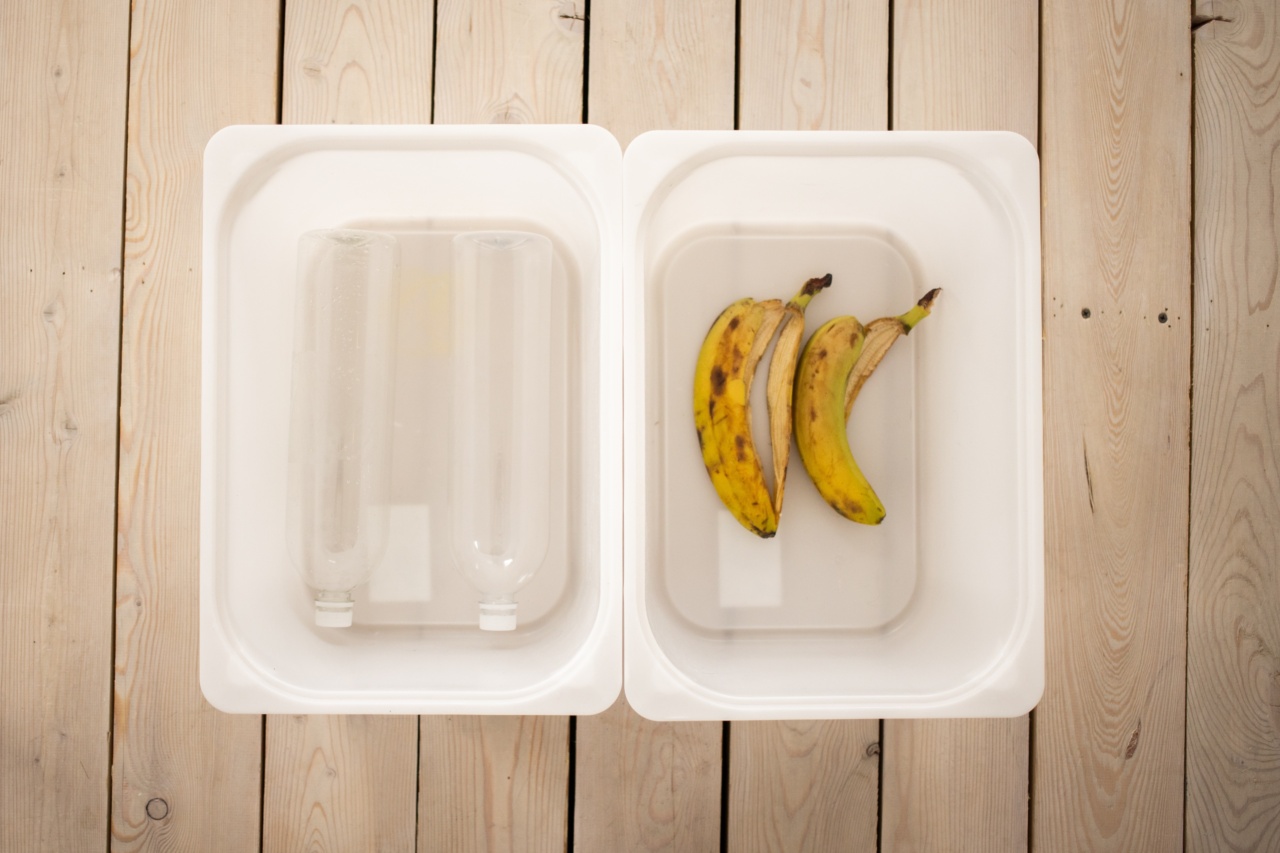Glaucoma is a group of eye diseases that damage the optic nerve and can cause vision loss and blindness. It is a leading cause of blindness worldwide, and its prevalence is expected to increase in the coming years.
In fact, it is estimated that by 2040, over 110 million people will have glaucoma. Fortunately, there are several drugs that can help reduce the risk of developing glaucoma or slow its progression in those who already have it. Here are the top 30 drugs used for this purpose:.
1. Prostaglandin analogs
Prostaglandin analogs are the most commonly prescribed drugs for glaucoma. They work by increasing the outflow of fluid from the eye, which reduces intraocular pressure (IOP).
IOP is the main risk factor for glaucoma, so lowering it can help prevent or slow the progression of the disease. The most common prostaglandin analogs are:.
- Latanoprost (Xalatan)
- Bimatoprost (Lumigan)
- Travoprost (Travatan)
- Tafluprost (Zioptan)
2. Beta blockers
Beta blockers reduce IOP by decreasing the production of fluid in the eye. They are often used in combination with prostaglandin analogs. Common beta blockers used for glaucoma include:.
- Timolol (Timoptic)
- Betaxolol (Betoptic)
- Levobunolol (Betagan)
- Carteolol (Ocupress)
3. Alpha agonists
Alpha agonists work by reducing the production of fluid in the eye and increasing its outflow. They are often used in combination with other drugs. Common alpha agonists include:.
- Brimonidine (Alphagan)
- Apraclonidine (Iopidine)
4. Carbonic anhydrase inhibitors
Carbonic anhydrase inhibitors reduce IOP by decreasing the production of fluid in the eye. They are often used when other drugs fail to control IOP. Common carbonic anhydrase inhibitors include:.
- Dorzolamide (Trusopt)
- Brinzolamide (Azopt)
- Methazolamide (Neptazane)
- Acetazolamide (Diamox)
5. Rho kinase inhibitors
Rho kinase inhibitors increase the outflow of fluid from the eye. They are relatively new drugs and are often used when other drugs fail to control IOP. The only FDA-approved rho kinase inhibitor for glaucoma is:.
- Netarsudil (Rhopressa)
6. Combination drugs
Combination drugs combine two or more classes of drugs to reduce IOP more effectively. The most common combination drugs for glaucoma include:.
- Latanoprost and timolol (Xalacom)
- Brimonidine and timolol (Combigan)
- Dorzolamide and timolol (Cosopt)
- Brinzolamide and brimonidine (Simbrinza)
7. Miotics
Miotics increase the outflow of fluid from the eye by constricting the pupil and the ciliary muscle. They are not commonly used for glaucoma anymore because they can have side effects such as blurry vision and poor night vision.
Common miotics used for glaucoma include:.
- Pilocarpine (Isopto Carpine)
- Carbachol (Miostat)
- Methacholine (Provocholine)
8. Neuroprotective agents
Neuroprotective agents aim to protect the optic nerve from damage caused by glaucoma. They are not currently used as a primary treatment for glaucoma, but they may be beneficial in combination with other drugs. Common neuroprotective agents include:.
- Brimonidine (Alphagan)
- Memantine (Namenda)
- Citicoline (Ceraxon)
9. Antioxidants
Antioxidants aim to reduce oxidative stress in the eye, which can contribute to glaucoma. They are not currently used as a primary treatment for glaucoma, but they may be beneficial in combination with other drugs.
Common antioxidants used for glaucoma include:.
- Vitamin C
- Vitamin E
- Glutathione
10. Calcium channel blockers
Calcium channel blockers reduce IOP by reducing the production of fluid in the eye. They are not commonly used for glaucoma anymore because they can have side effects such as headache and dizziness.
Common calcium channel blockers used for glaucoma include:.
- Verapamil (Calan)
- Diltiazem (Cardizem)
- Nifedipine (Adalat)
11. GABA agonists
GABA agonists increase the outflow of fluid from the eye. They are not commonly used for glaucoma anymore because they can have side effects such as blurry vision and poor night vision. The only FDA-approved GABA agonist for glaucoma is:.
- Bimatoprost and timolol (Ganfort)
12. Adenosine agonists
Adenosine agonists increase the outflow of fluid from the eye. They are not commonly used for glaucoma anymore because they can have side effects such as blurry vision and poor night vision. The only FDA-approved adenosine agonist for glaucoma is:.
- Unoprostone (Rescula)
13. Cannabinoids
Cannabinoids reduce IOP by reducing the production of fluid in the eye. They are not commonly used for glaucoma anymore because they can have side effects such as dry mouth and drowsiness. The most common cannabinoids used for glaucoma include:.
- Dronabinol (Marinol)
- Nabilone (Cesamet)
14. Opioids
Opioids reduce IOP by reducing the production of fluid in the eye. They are not commonly used for glaucoma anymore because they can have side effects such as constipation and drowsiness. The most common opioids used for glaucoma include:.
- Morphine (MS Contin)
- Fentanyl (Duragesic)
15. Anticholinergics
Anticholinergics reduce IOP by reducing the production of fluid in the eye. They are not commonly used for glaucoma anymore because they can have side effects such as dry mouth and blurry vision. Common anticholinergics used for glaucoma include:.
- Atropine
- Scopolamine
- Homatropine
16. Antibiotics
Antibiotics are not used to treat glaucoma directly, but they may be used to prevent or treat infections that can cause or exacerbate the disease. Common antibiotics used for this purpose include:.
- Tobramycin (Tobrex)
- Ciprofloxacin (Ciloxan)
- Moxifloxacin (Vigamox)
17. Anti-inflammatory drugs
Anti-inflammatory drugs are not used to treat glaucoma directly, but they may be used to reduce inflammation in the eye, which can contribute to the disease. Common anti-inflammatory drugs used for this purpose include:.
- Prednisolone (Pred Forte)
- Difluprednate (Durezol)
18. Vitamins and minerals
Vitamins and minerals are not used to treat glaucoma directly, but they may be beneficial in combination with other drugs. Common vitamins and minerals used for glaucoma include:.
- Omega-3 fatty acids
- Vitamin D
- Zinc
19. Diuretics
Diuretics reduce IOP by reducing the production of fluid in the eye. They are not commonly used for glaucoma anymore because they can have side effects such as dehydration and electrolyte imbalances. Common diuretics used for glaucoma include:.
- Furosemide (Lasix)
- Hydrochlorothiazide (Microzide)
- Spironolactone (Aldactone)
20. Anti-vascular endothelial growth factor (anti-VEGF) drugs
Anti-VEGF drugs are not used to treat glaucoma directly, but they may be beneficial in reducing ocular inflammation and angiogenesis. Common anti-VEGF drugs used for glaucoma include:.
- Bevacizumab (Avastin)
- Ranibizumab (Lucentis)
21. Immunosuppressants
Immunosuppressants are not used to treat glaucoma directly, but they may be used to prevent or treat inflammation in the eye that can contribute to the disease. Common immunosuppressants used for this purpose include:.
- Cyclosporine (Neoral)
- Tacrolimus (Prograf)
22. Steroids
Steroids are not commonly used to treat glaucoma anymore because they can have side effects such as elevated IOP and cataract formation. However, they may be used in combination with other drugs for their anti-inflammatory properties.
Common steroids used for this purpose include:.
- Dexamethasone (Maxidex)
- Prednisolone (Pred Forte)
- Fluorometholone (Flarex)
23. Nerve growth factors
Nerve growth factors are not used to treat glaucoma directly, but they may be used to promote the survival of retinal ganglion cells that are damaged by the disease. The only FDA-approved nerve growth factor for glaucoma is:.
- CNTF (ciliary neurotrophic factor)
24. Stem cells
Stem cells are not currently used to treat glaucoma, but they may have potential in promoting the regeneration of damaged retinal ganglion cells.
Research in this area is ongoing, and stem cell therapies for glaucoma are expected to become available in the future.
25. Gene therapy
Gene therapy is not currently used to treat glaucoma, but it may have potential in targeting the mechanisms that underlie the disease. Research in this area is ongoing, and gene therapies for glaucoma are expected to become available in the future.
26. Laser therapy
Laser therapy is not a drug, but it may be used to lower IOP in some cases. The most common type of laser therapy for glaucoma is:.
- Argon laser trabeculoplasty (ALT)
- Selective laser trabeculoplasty (SLT)
- Laser peripheral iridotomy (LPI)
27. Surgery
Surgery is not a drug, but it may be used to lower IOP in some cases. The most common types of glaucoma surgery are:.
- Trabeculectomy
- Tube shunt surgery
- Glaucoma drainage devices
28. Acupuncture
Acupuncture is not a drug, but it may be used to reduce IOP and improve visual function in some cases. The efficacy of acupuncture for glaucoma is controversial, and more research is needed to determine its benefits.
29. Exercise
Exercise is not a drug, but it may be used to reduce IOP and improve blood flow in the eyes. The most common types of exercise recommended for glaucoma are:.
- Aerobic exercise
- Strength training
30. Diet
Diet is not a drug, but it may be used to reduce IOP and improve overall eye health. The most common dietary recommendations for glaucoma include:.
- Eating a balanced diet rich in fruits and vegetables
- Reducing salt intake
- Increasing fluid intake
Conclusion
Glaucoma is a serious eye disease that can cause vision loss and blindness. Fortunately, there are several drugs available that can help reduce the risk of developing glaucoma or slow its progression in those who already have it.
The most commonly prescribed drugs for glaucoma are prostaglandin analogs, beta blockers, alpha agonists, carbonic anhydrase inhibitors, and rho kinase inhibitors.
In addition to these drugs, there are several other treatment options available, including combination drugs, miotics, neuroprotective agents, antioxidants, calcium channel blockers, GABA agonists, adenosine agonists, cannabinoids, opioids, anticholinergics, antibiotics, anti-inflammatory drugs, vitamins and minerals, diuretics, anti-VEGF drugs, immunosuppressants, steroids, nerve growth factors, stem cells, gene therapy, laser therapy, surgery, acupuncture, exercise, and diet.




























